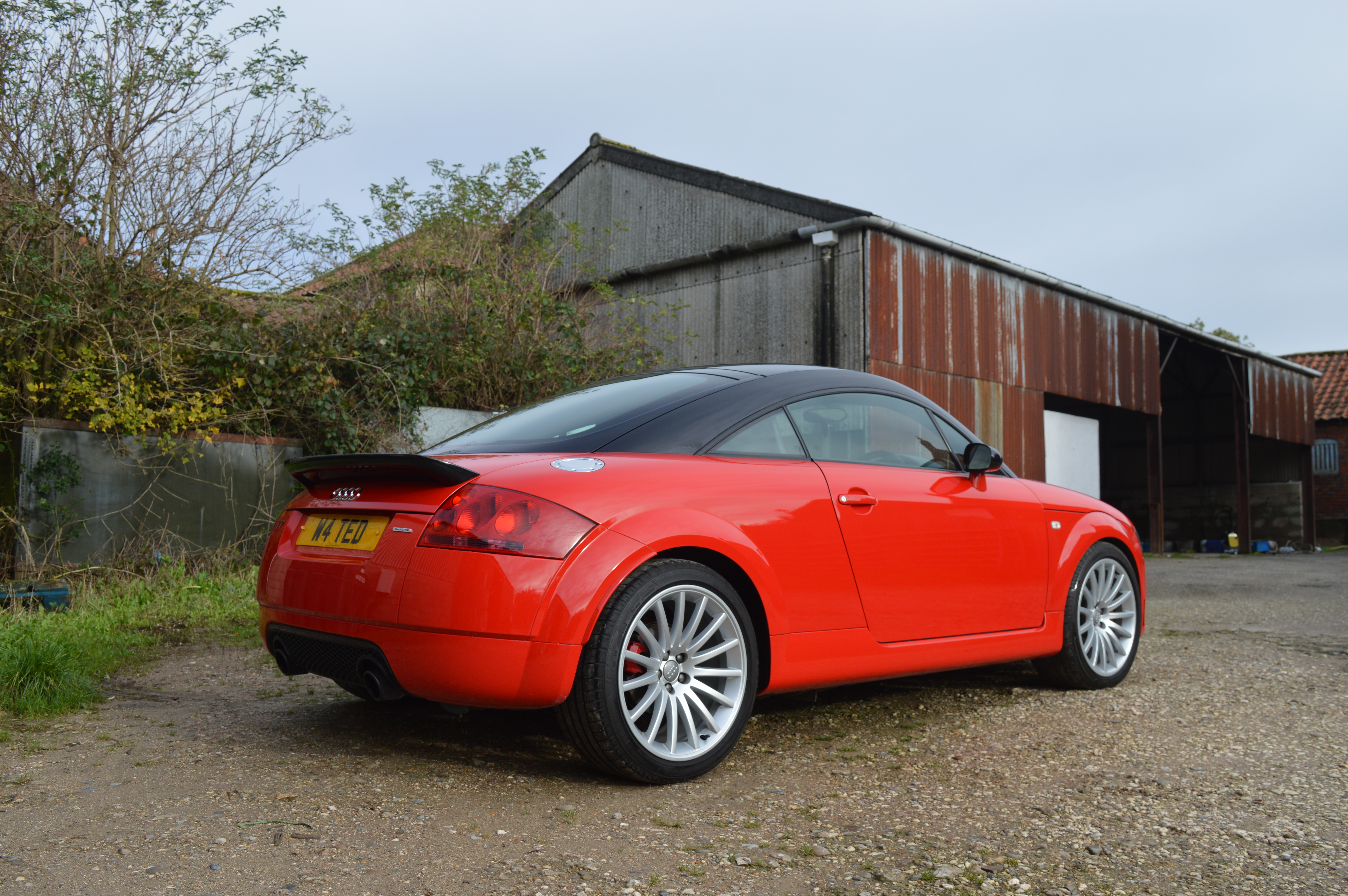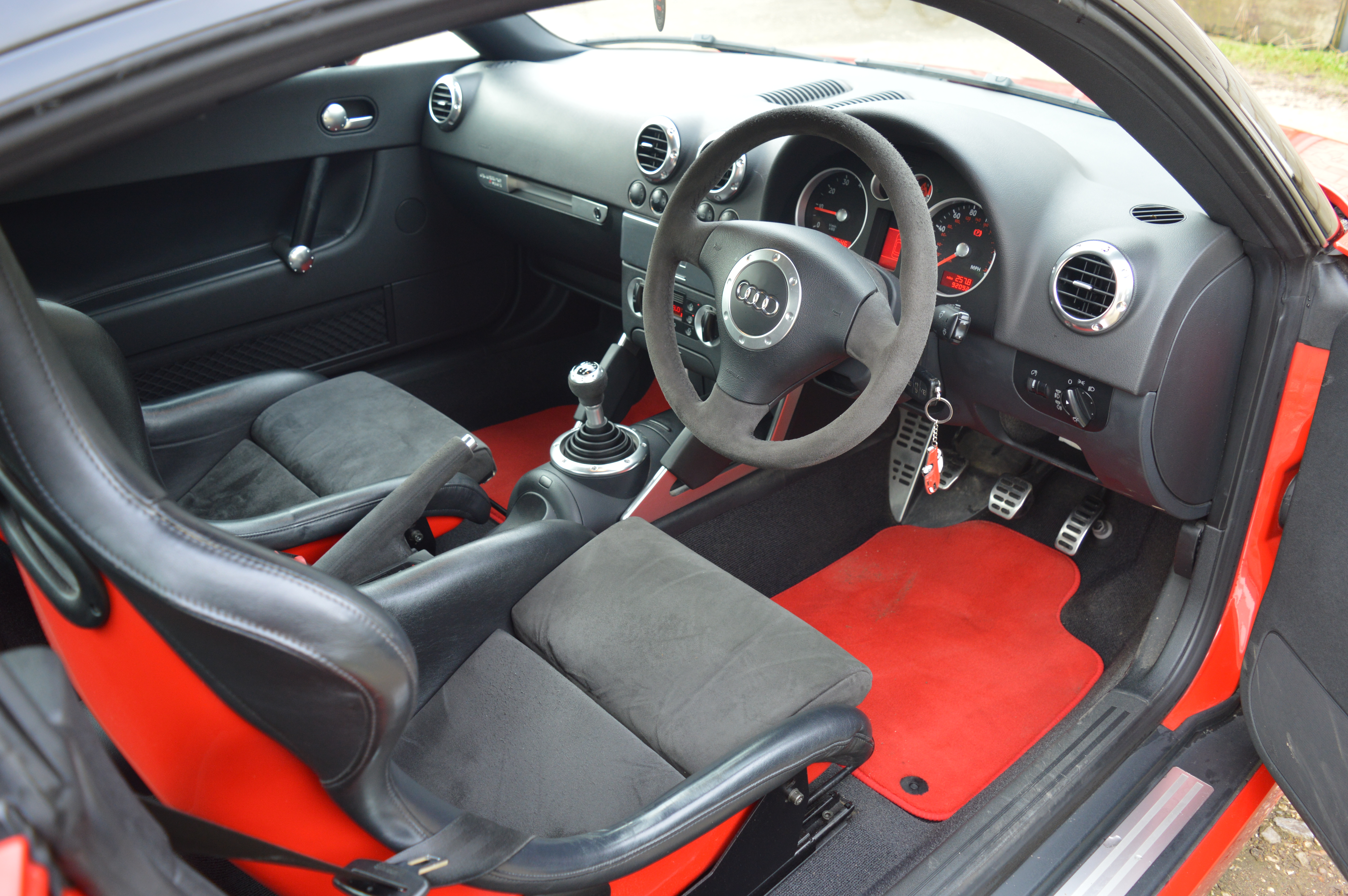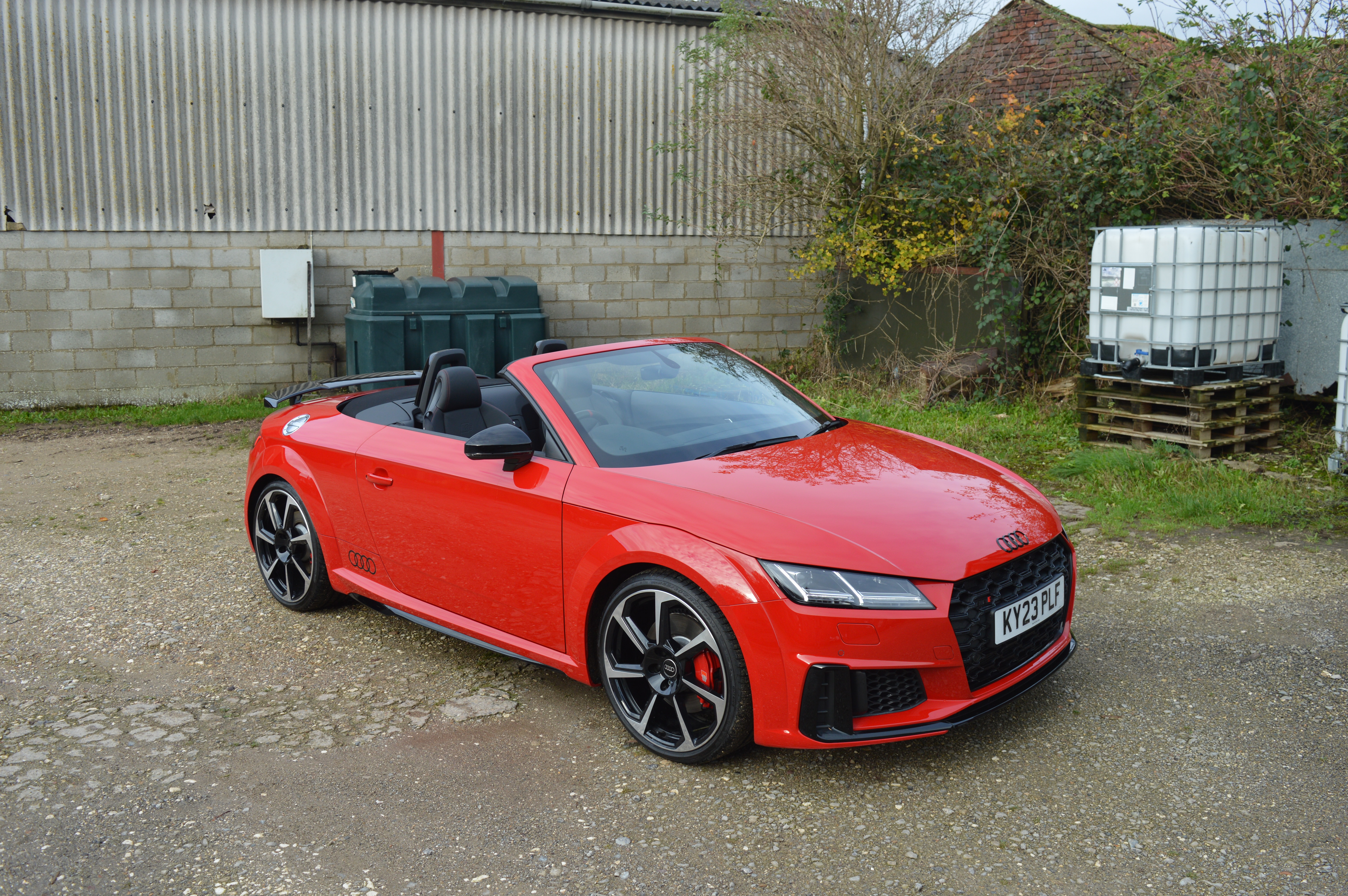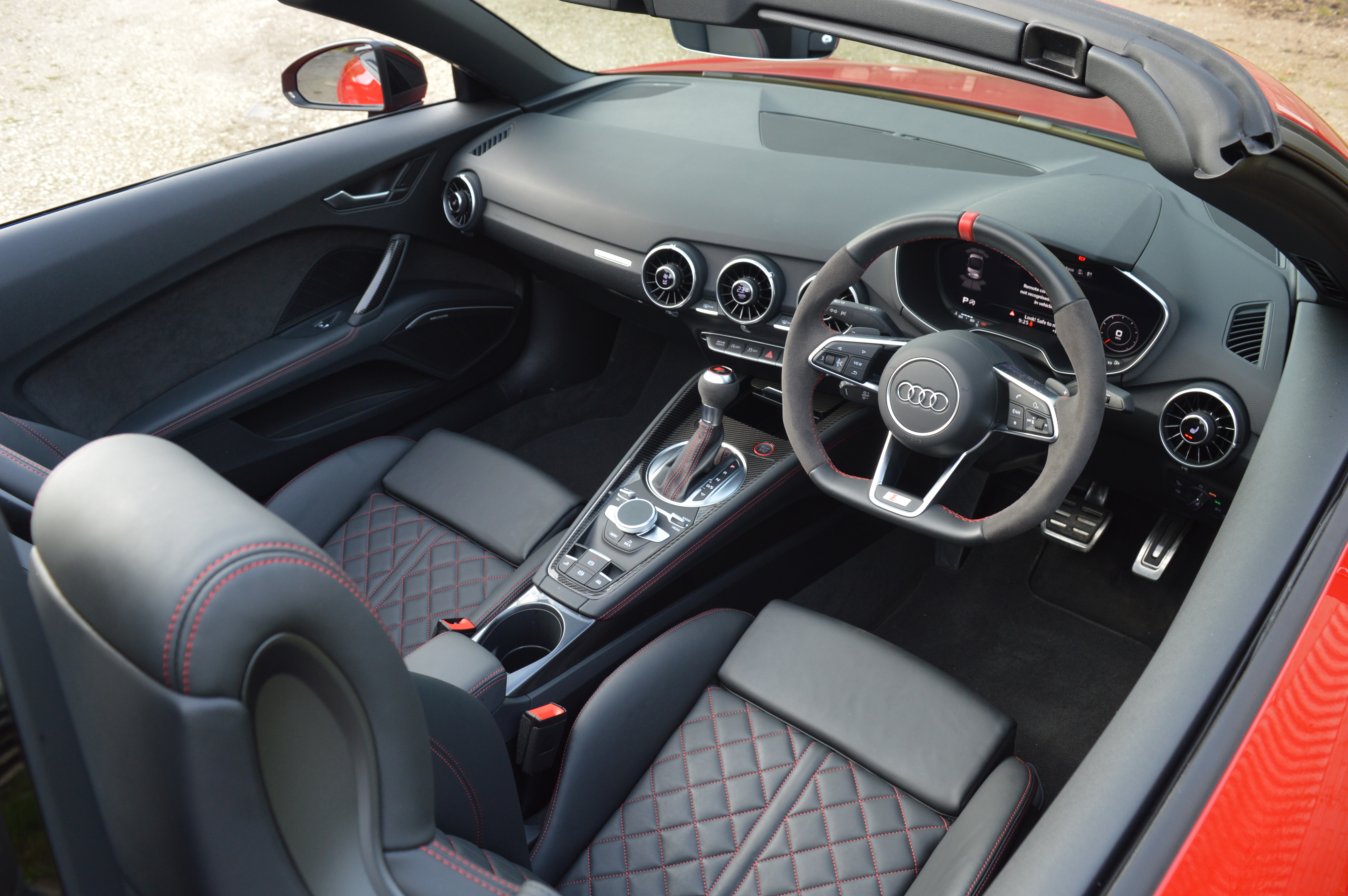Progress report: How has Audi’s TT changed over the years?
As Audi discontinues its TT sports car after 25 years, we compare one of the first with one of the last. Ted Welford reports.

Though the Audi TT might have never sold in vast numbers, its importance over the years shouldn’t be underestimated.
At its launch in 1998, it was one of the most coveted new cars around, not least being helped by Audi selling it in fairly small numbers at first.
Its sleek design, looking very similar to a concept that debuted three years earlier, no doubt helped, but so did the fact this was a fairly affordable sports car but with top-notch quality and a fun driving experience.
.

The second-generation TT came along in 2006, with the most recent third iteration arriving in 2014. But shortly, Audi is pulling the plug on the TT, as sales have slowed in recent years, demand for SUVs has grown and the need for electrification makes this petrol sports car’s place in the German firm’s range harder to justify.
But over the years, the TT has been a big success, particularly in the UK, where 157,000 have found homes and even in 2022, more than a third of all TTs produced were bought by British drivers.
As Audi draws the curtain on the TT, let’s compare a Mk1 model with one of the last examples to be produced, a TTS Final Edition roadster.

Before I get started, I should point out one thing: I am a massive TT fanboy. The Mk1 TT you see on the left is actually my own car – not Audi’s, but one I bought with my own money. That’s quite a surprise for a motoring journalist.
My car is a Quattro Sport, which was essentially the ‘final edition’ for the first-generation TT, arriving in 2005, with an upgraded 1.8-litre turbocharged petrol engine putting out 237bhp (up from 222bhp in the standard TT). Other changes included more aerodynamic styling, new wheels and a contrasting black roof and mirrors. Audi also cut the weight back by taking out the cramped rear seats and fitting a strut brace.
In quite a strange move for what was a fairly ‘normal’ sports car, Audi let owners specify the Quattro Sport with race car-like Recaro Pole Position bucket seats, while Alcantara was used for areas such as the gearstick, steering wheel and seat cushions.

Only 800 Quattro Sports were sold in the UK, split across five colours – silver, grey, black, blue and the Misano Red paint on my car, which Audi has got quite close to replicating with the Tango Red finish you see on this new TTS Final Edition.
The Mk1 TT was never a rare car, and though tipped to be a ‘future classic’, prices remain low with tidy used examples available from around £3,000, though you’ll need nearer £10,000 for a Quattro Sport model these days.
Moving over to the new TT – the car you see here is a sportier TTS Roadster model, using a 316bhp 2.0-litre petrol engine. With a 0-60mph time of 4.6 seconds, it is rapid, while the point-to-point pace, courtesy of its Quattro all-wheel-drive system, is exceptional. Few cars could keep up on the right road, that is for sure. You think the all-weather traction in the Mk1 is pretty good, but it’s nothing compared to the traction of this later car.

While the Audi TT’s design has evolved over the years, even this latest car is instantly recognisable as a ‘TT’. From the relatively compact dimensions to the wraparound bonnet and silver fuel filler cap, Audi has always stayed faithful to the original, albeit fitting larger wheels (this TTS sits on 20s) and its latest LED lighting.
The similarities don’t end there, though, as this Final Edition gets lashings of Alcantara around the interior, while there’s a strong theme of minimalism. The original mk1 featured various ‘hidden’ details, such as a ‘TT’ cover for the radio, while this new TTS has a clutter-free cabin as well. There’s no touchscreen at all, but rather a large digital dial display called the Audi Virtual Cockpit, which was the first Audi to use it, while the heated seat buttons and ventilation controls are housed within the air vents. It’s a clever way of freeing up space but without compromising on features or quality – something the original TT excelled at too.
Behind the wheel, these cars have noticeable differences, unsurprisingly given the 17-year age gap. My TT admittedly has done getting on 100,000 miles, so probably isn’t the tightest of examples, but with its engaging six-speed manual gearbox and boosty engine (you can really feel when the turbo kicks in), it feels more lively than its younger sibling.

That’s not to take away from this new TTS, though. As we’ve mentioned, the pace, even in inclement weather, is exceptional. Just like it’s always been, this is a sports car you should use every day, as it’s far too capable to keep stored only for sunnier days. Put it in the ‘Dynamic’ setting and the engine note and exhaust note liven up noticeably, though it does lack some of the engagement and fun of this Quattro Sport, or rival sports cars like the Alpine A110 and a low-level Porsche Cayman.
One thing that you really can’t knock is the quality. This feels like a premium product designed to last, with not even a single cheap plastic to be found, even with the finest magnifying glass. It really is Audi at its absolute finest. Even as my car approaches 20 years old, the Mk1 feels as well-built inside as the day it was made. There are no rattles, everything still works, and I’d say it feels a lot nicer inside than plenty of far newer cars.
There’s the slight issue of price with the new car, however, as a new TTS Final Edition Roadster costs a steep £56,435, albeit you do get lots of luxuries like quilted leather seats, a Bang & Olufsen sound system and keyless entry. A ‘standard’ TT Final Edition can be had for £41,910, however, with a lesser engine and minus the Quattro ability.

It’s rare for a car to gain ‘icon’ status in a period as short as 25 years, but the Audi TT has managed it. The Mk1 is destined to be a classic, and its design is one that continues to be respected and applauded. Audi has always replicated that DNA with its later TT models, even to the end with this TTS Final Edition.
It will be a very sorry day when that final TT rolls off the production lines, that is for sure. Let’s just hope Audi finds a way to distil the TT’s brilliance into a future EV product, as this is a sports car with a legacy that deserves to last for decades to come.





